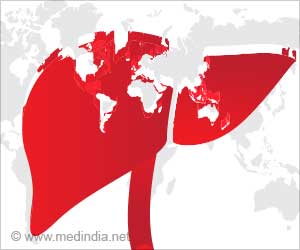The Boston team led by Professor John Porco Jr. has created a library of rocaglates with various chemical modifications. “The core structure of the total of 205 substances is always the same, and chemical groups of different sizes or flexibility have been attached to them,” explains Mara Klöhn.
The Bochum group tested these 205 substances for their effectiveness against HEV in cell culture. To do this, the researchers used cancer cell lines and HEV genomes tagged with a reporter gene.
Advertisement
Based on the amount of protein produced, whose blueprint is located in this reporter gene, they can precisely measure how successfully the virus replicates in the presence of various substances.
Plant Compounds Inhibit Proliferation of Cancer Cells and Viruses
The researchers used a so-called half-maximum inhibitory concentration to indicate how strongly a substance inhibits viral replication. The lower it is, the better the substance works. “The half-maximum inhibitory concentration of our three-best tested rocaglates is between 0.5 and 3 nanomolar,” reports Mara Klöhn.
“By comparison, that of the natural rocaglamide silvestrol is three to seven nanomolar.” A common feature of the top 3 rocaglates is an attached amidino group.
Because rocaglates also have a cell-damaging effect that is particularly noticeable in cancer cells, the researchers also studied this toxicity in healthy porcine liver cells.
“Here, the toxicity was lower than in cell culture, which is, after all, based on cancer cell lines,” says Mara Klöhn. Further studies would have to examine the efficacy and toxicity of the most successfully tested substances in the organism.
“We could also try to further chemically optimize the best amidino rocaglates so that they have an even stronger effect against viral replication,” she says, looking optimistically to the future.
Hepatitis E
The hepatitis E virus is the main cause of acute viral liver infections. An estimated 20 million people worldwide contract the disease every year, and around 70,000 of them die.
HEV is also particularly threatening to pregnant women. Ribavirin is the only agent currently in use, but it is not effective in all cases.
Source: Eurekalert



